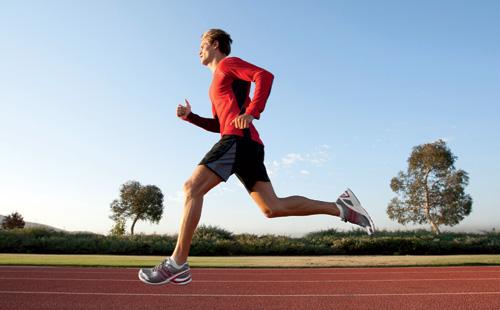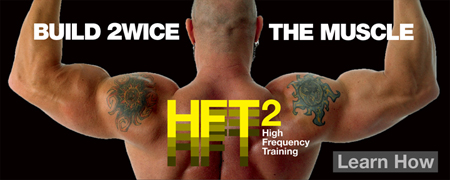 Since 2017 is just around the corner, droves of people will be lacing up their running shoes to shed what was gained in 2016. Yep, come January 2nd everyone will love to run…until about January 15th. That is about how long it takes before shin splints or knee pain really kicks in.
Since 2017 is just around the corner, droves of people will be lacing up their running shoes to shed what was gained in 2016. Yep, come January 2nd everyone will love to run…until about January 15th. That is about how long it takes before shin splints or knee pain really kicks in.
First, I stand by the assertion that you should get fit to run, not the other way around. Whether you’re jogging or sprinting, a high level of strength is required throughout the ankles, knees, and hips. Running is an advanced exercise because it requires much more single-limb stability strength than most people have. Indeed, people that are relatively unfit would be much better off doing 200-300 fast, quarter squats with no additional load, spread over 15 minutes as their “cardio.”
But telling a guy or gal not to do something as simple, and seemingly effective, as running in the new year is a lesson in futility. Hundreds of thousands of people will start doing it in January, so I might as well outline the steps they can take to minimize joint stress.
Limit running to 20 minutes at first: It is tempting to go balls-to-the-wall at first in order to hasten fat loss, but that’s the quickest route to injury and pain. Most people want to start jogging 45-60 minutes in the new year, and unless you’ve been a consistent runner in late 2016, that’s a bad idea. Limit your duration of running to 20 minutes, every other day for the first few weeks. Also, run slower than you think you can go. When you’re out of shape it takes very little exercise to ramp up your metabolism and burn fat. Take advantage of it, and your joints will thank you.
Wear Hoka One shoes: All the technique and training advice will do little if your shoes are worn out, which causes faulty running mechanics. You can tell a lot about how people run by looking at their souls…er, I mean, soles. Do you see considerable wear on the corners? If so, it’s time to get a new pair. I suggest Hoka One running shoes since my clients favor them most.
Increase your step rate approximately 10%: Start by running at a pace that’s most natural for you, and then shorten your stride so you have to take about 10% more steps without slowing your speed. Research by Heiderscheit et al 2011 and Luedke et al 2016 demonstrate that a shorter stride length (i.e., increased step rate) will provide three benefits:
- Less impact forces to the knees, shins, and hips.
- Less impact forces that can cause knee valgus.
- Greater metabolic demand while running.
So increasing your step rate will minimize stress to your joints and augment the amount of calories you burn while running. You can’t beat that combination.
Roll your plantar fascia with a lacrosse ball: Research by Novacheck 1998 demonstrates that stress forces within the plantar fascia can reach triple your body weight while running. Since that thick band of tissue on the bottom of each foot takes a real beating, spend a minute or so rolling each bare foot over a lacrosse ball before and after running to keep the plantar fascia supple and healthy. Furthermore, the bottom of each foot has 150,000 or more nerve endings that, when stimulated, can relieve tension throughout the hamstrings and low back.
Now you have four tips that will help you run pain-free well into the new year.
Stay Focused,
CW


